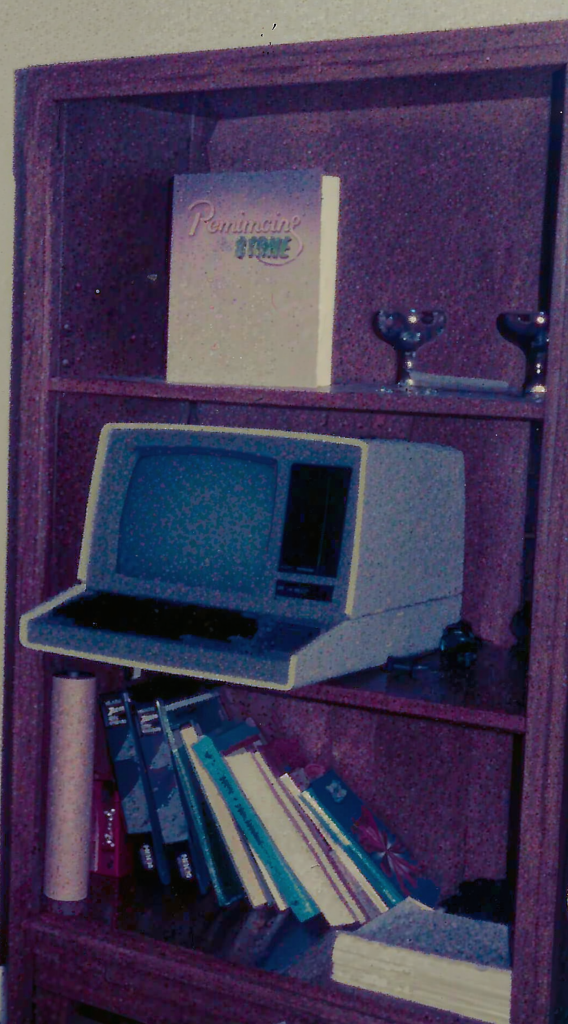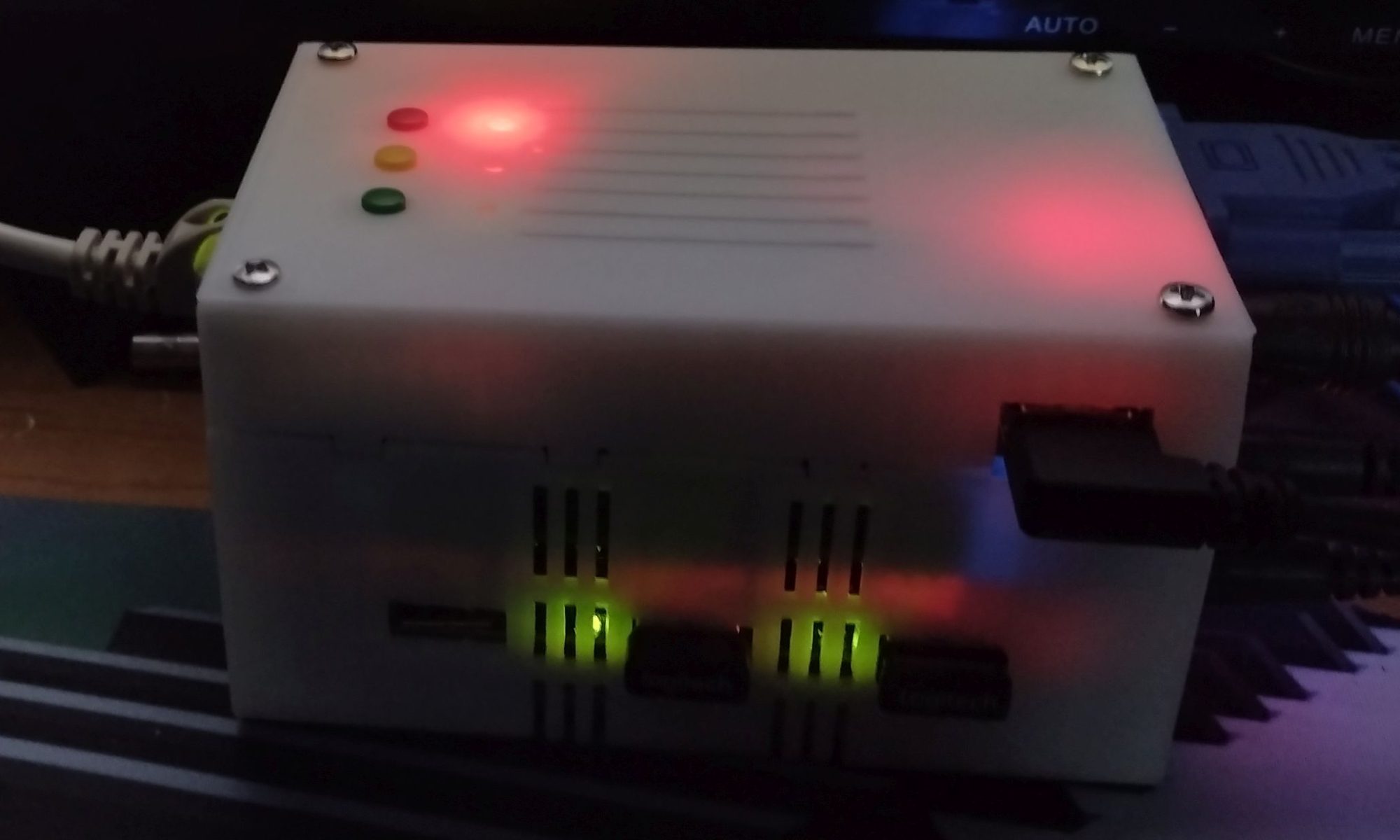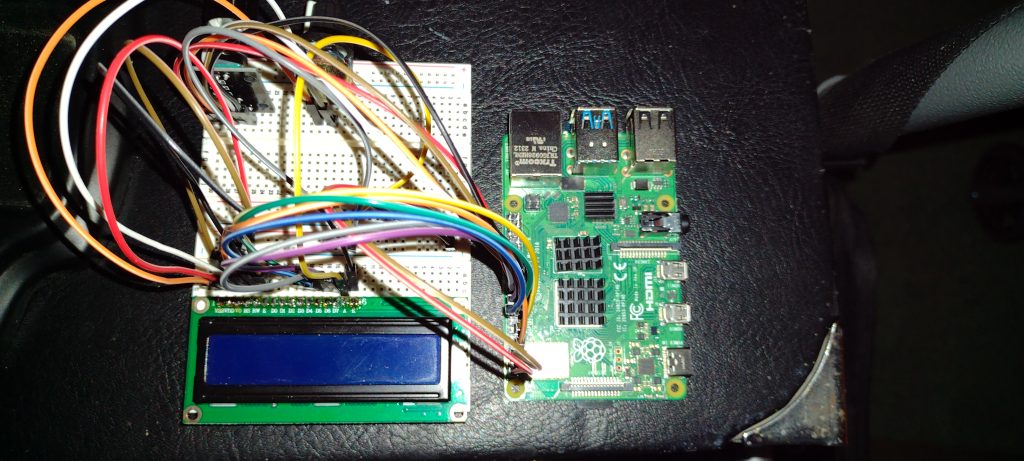I got a 3D printed case from iCode.com for my MiSTer FPGA. It comes in several colors. The case I have is the “Crystal White” which is semi-translucent. It has little holes drilled to let the LED lights through but they shine right through the case anyway, so no light-pipes needed. It looks really nice, though I did have to file open a couple of the holes. The VGA connector needed more room, for example.
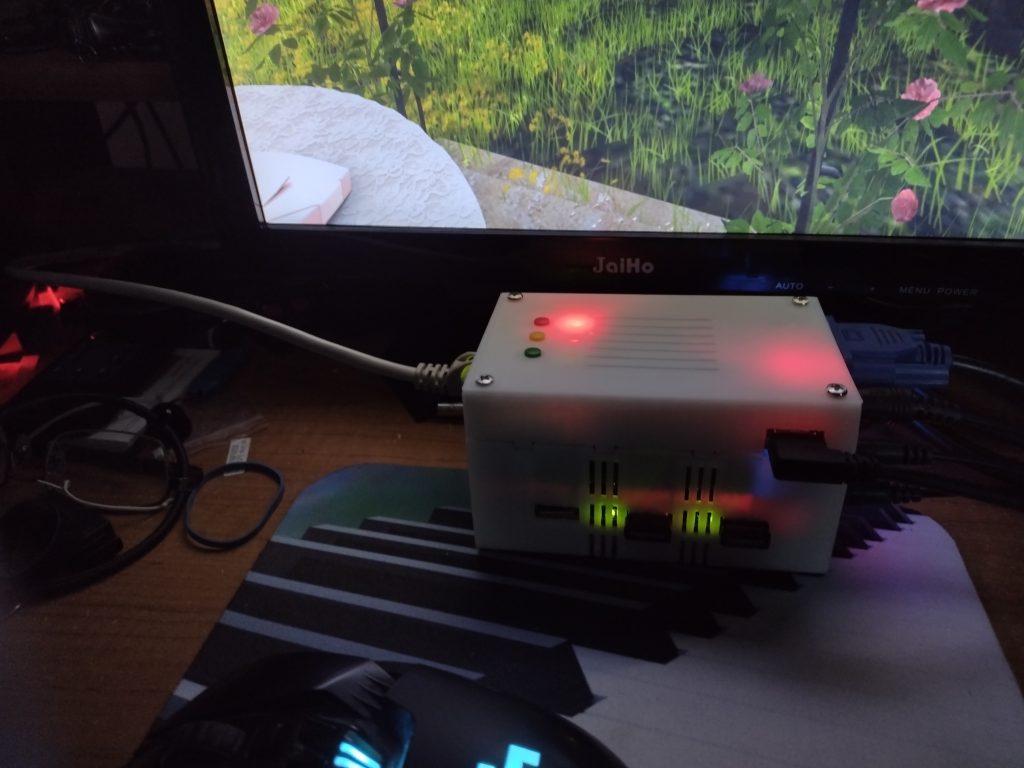
I staged my MiniDexed project into a carboard box, pending getting my plastic case cut so I can finish in that. I’ll be using a PiSound Case from Blokas. I have an Actual PiSound and thought the case it is in would work for my MiniDexed, but I need to cut holes in it to pack the MiniDexed into it. But I want it done clean so I need some more parts for the project before it get’s it’s new home. Below is the current CardBoard MiniDexed.
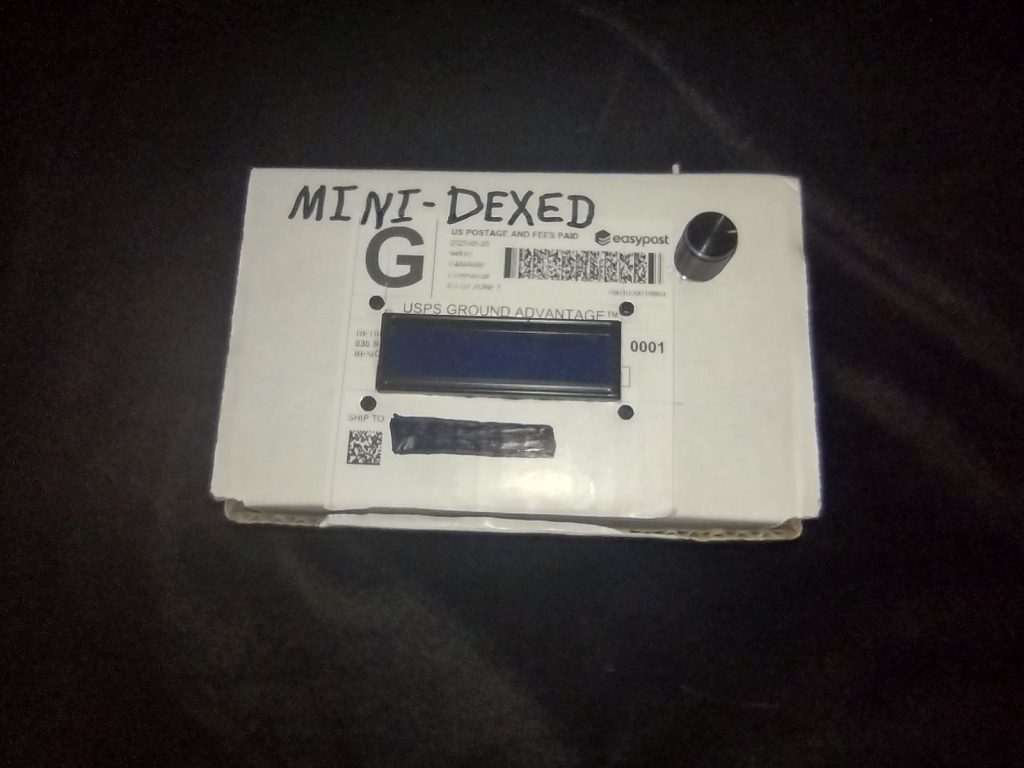
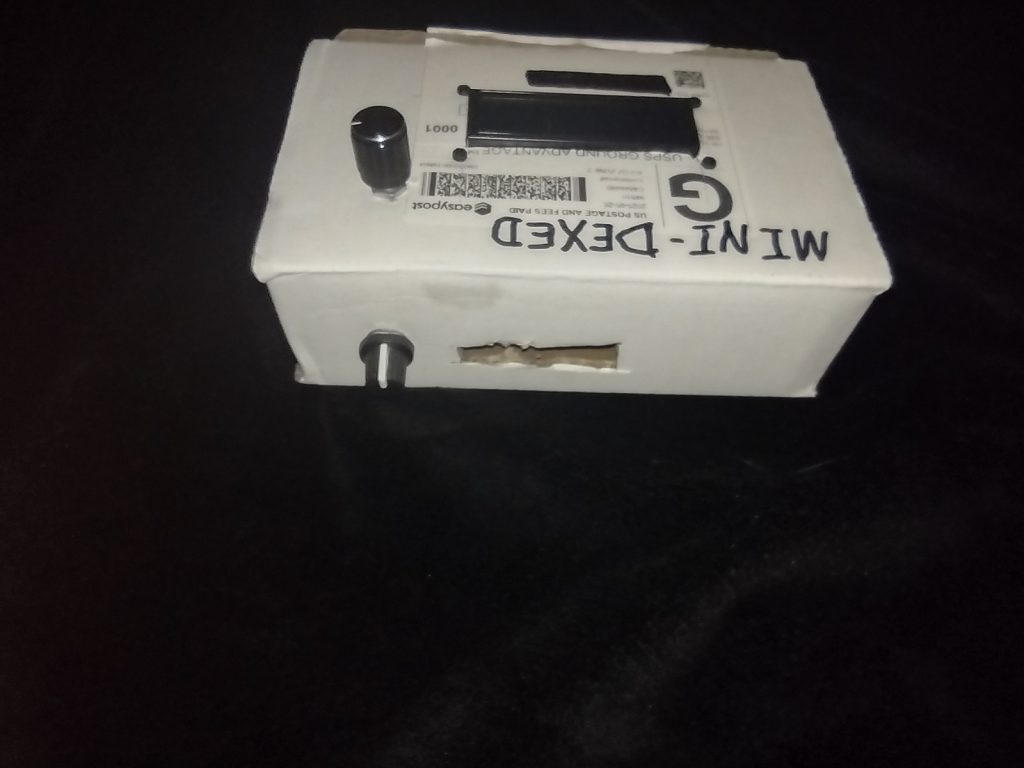
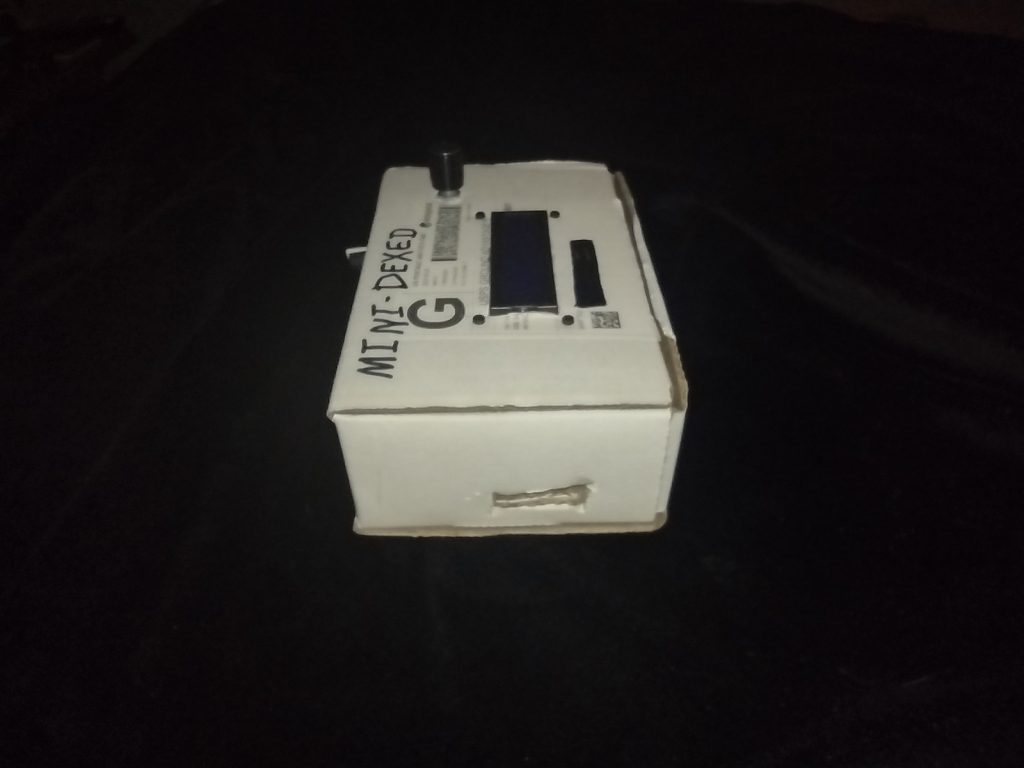
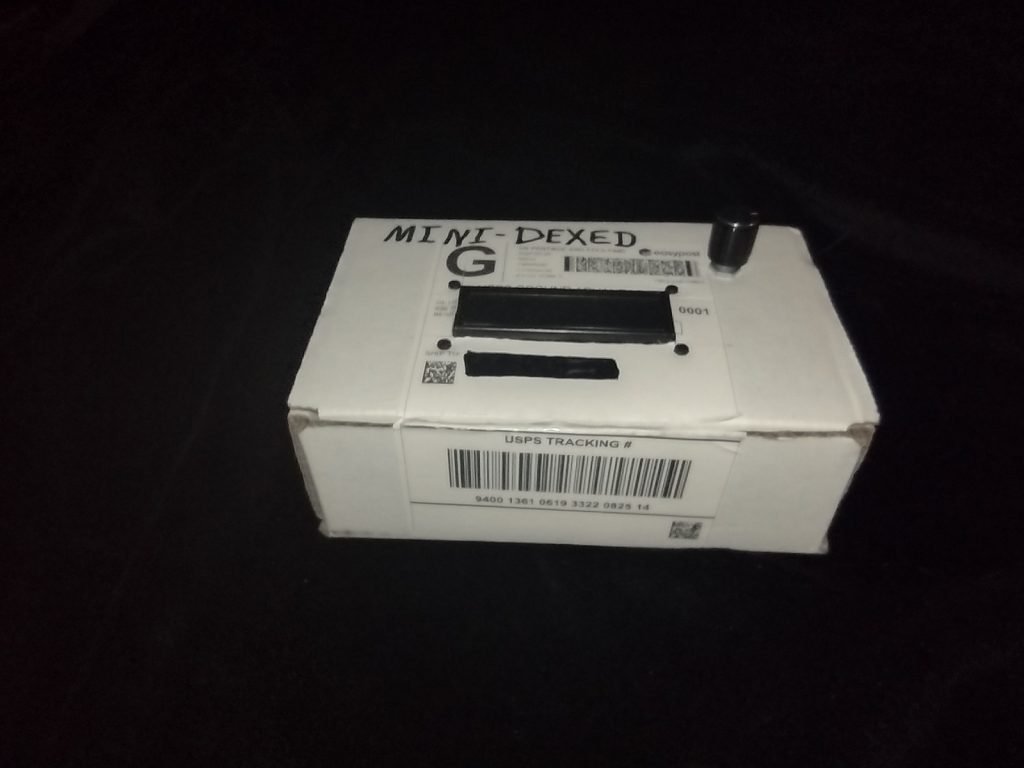
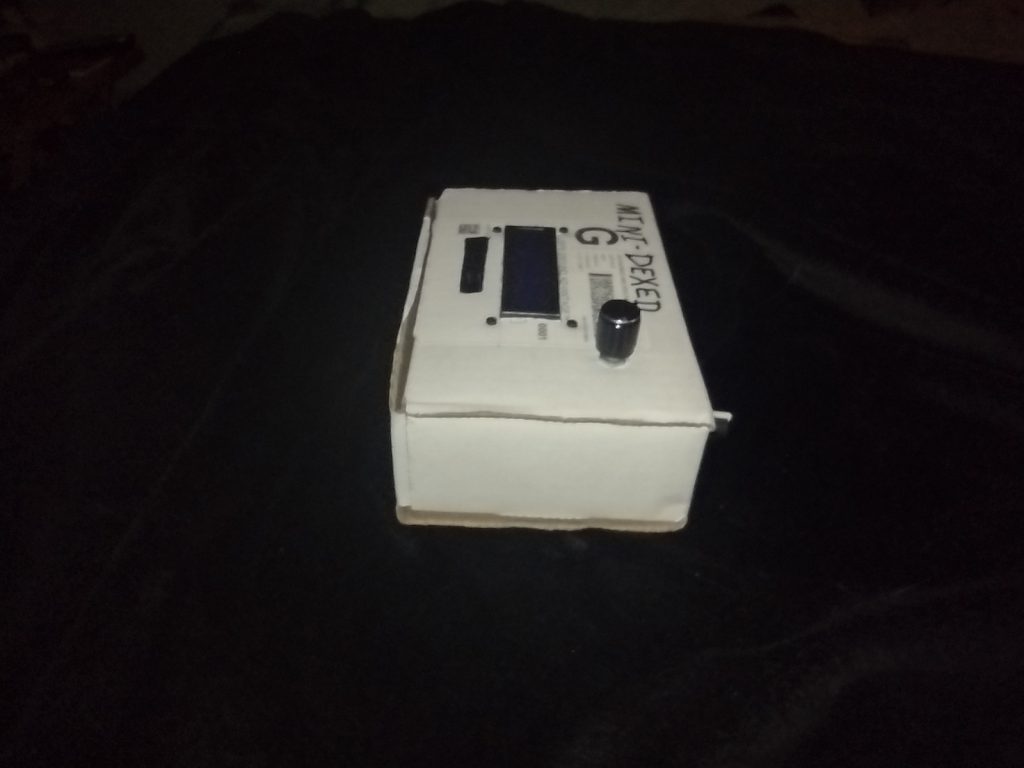
Soon I’ll have a new project, the RC2014 Zed Pro, 8-bit Retro computer. It’s a modern take (from the Retro Challenge in 2014) on an 8-Bit Z80 CP/M computer. My first computer was a HeathKit H89 HDOS computer, where HDOS was a work alike system like CP/M. So this will be very similar, but without the built in CRT and Keyboard. It is made from currently manufactured parts, except the Zilog Z80 CPU which JUST went out of production late last year. Fortunately the creator of the kit has some Z80 chips still. But eventually those will run out, so I bought one and will have it in hand very soon.
I do have a soft spot in my heart for the Z80 because of my H89
